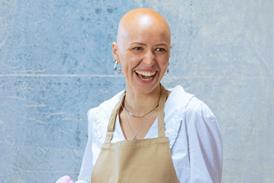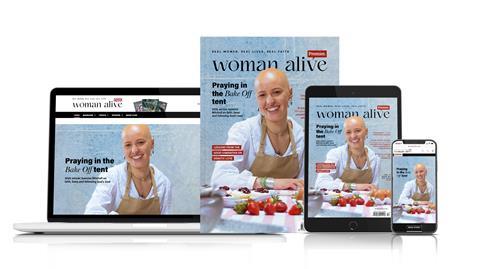Dr Belle Tindall highlights how women are still not taken as seriously as men, but encourages us to stand up against such prejudice – as Jesus did

Women aren’t believed as readily as men.
We aren’t taken as seriously, nor are we trusted as frequently. We don’t appear to be considered as reliable in our instincts as men are, nor as sturdy in our remembering – or even as rational in our thinking.
And that’s nothing new; it’s a story as old as time, a sadness that has been woven into the history of our world. And while the ‘believe me’ gap is (thankfully) shrinking, it’s still very much there.
I’ve had countless conversations about this; a big chunk of my academic research was dedicated to this exact topic, and what’s really fun is that when I mention this to be the case – to men, or to women – they tend not to believe me.
I know, it’s the most satisfying kind of irony, isn’t it?
But, seriously. This is true.
Evidence of the gap
In 2019, a highly influential legal report, entitled Discounting Women, outlined the way in which the justice system routinely discounts women’s testimonies, particularly in cases of domestic and/or sexual abuse. Somehow, it’s a rarity that a woman’s testimony and experience alone would ever result in a charge. And, of course, there always needs to be sufficient evidence, but how nuts is it that female witnesses don’t seem to be valued as a credible aspect of that evidence?
But it’s more widespread than that. A couple of years ago, Forbes magazine published an article entitled ‘The Authority Gap: Why women are still taken less seriously than men’. Here’s a quote from that piece: “The authority gap is a measure of how much more seriously we take men than we take women. We tend to assume that a man knows what he’s talking about until he proves otherwise. Whereas for women, it’s all too often the other way round.”
I don’t know about you, but I feel that quote. Its accuracy sits irritatingly close to home. Just this week, I’ve had three separate conversations with women who had experienced just this: in their work, in their social circles and in their churches.
All of this unfairness can be, and often is, enhanced by the colour of the woman’s skin, the accent with which she speaks, the socio-economic status that she holds; not to mention her manner, her family, her relationship status, her clothes, her age, her hair, her name. Indeed, there are as many ways to be underestimated as there are women in the world.
And so, with the backing of a little evidence, I’ll say it again – women aren’t believed as readily as men.
Jesus fought back against such prejudice
I’m mentioning this here, because I’ve come to learn that you can’t really engage in Christian feminism without engaging in this precise topic. Why? Because Jesus directly engaged with it. And this is where I’m about to get nice and nerdy.
Everything I’ve mentioned above – all of the examples that I’ve stated and the culture of disbelief that I’ve highlighted – can be multiplied by a thousand and you’ll begin to grasp just how readily the experiences, thoughts and testimonies of women were dismissed in the first century. Jesus was born into a world where women had no control over their own legal and financial matters. Legally, they were in the same category as children.
And yet, throughout Jesus’ life, we see that women were often the first people to hear the good news. Let’s look at one in particular: Mary Magdelene, Jesus’ friend and disciple.
If you’re a Christian, Easter is pretty much as important as it gets. The resurrection is everything. All roads lead there. If the resurrection didn’t happen, nothing else about Christianity makes sense. We have to believe it, we have to know it, we have to trust it. Absolutely everything hinges on the truth of this one event…which was witnessed by a woman.
That’s unlucky, right?
The greatest moment in human history, the culmination of God’s rescue plan, the climactic win to trump all other wins – and it was witnessed by someone that the world would not believe. I can just imagine Jesus jumping out, ready to reveal his very-much-alive-self, seeing that it’s Mary who’s standing in his grave, and rolling his eyes.
Great. Moment. Ruined.
Except, that’s not what happened, is it? Quite the opposite, in fact. Mary was not only the first one to see Jesus, she was the first one who was told to spread the news (see John 20:1-18). And I truly believe that this was no accident. This was revolutionary. Jesus used his resurrection to change everything we think that we know – including what we think we know about the role of women. He cut through layers upon layers of discrimination by commissioning Mary with this task. He took her abilities as a witness seriously; he trusted her experiences. And, ultimately, he challenged people to believe her.
So, you see, the ‘believe me’ gap could not be less Jesus-like.
This societal tendency is something that we must continue to challenge, because Jesus did. Right there, in his own grave, he picked a fight with this kind of prejudice. So, we really have no excuse: it’s time for us to pick a fight with it too.

































No comments yet